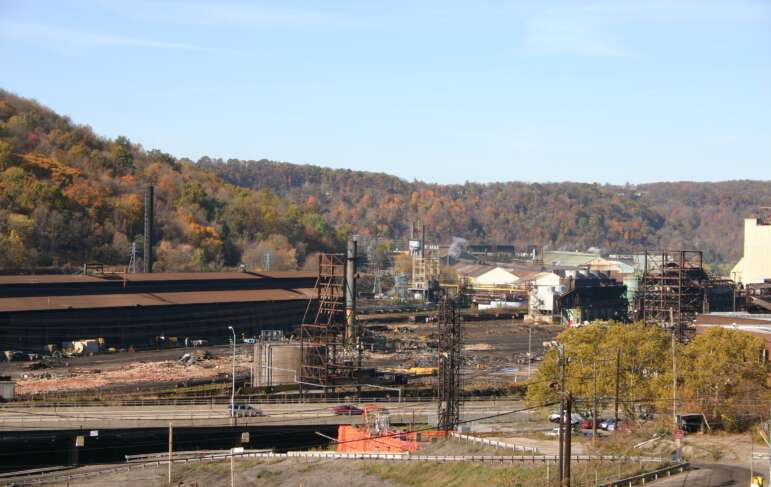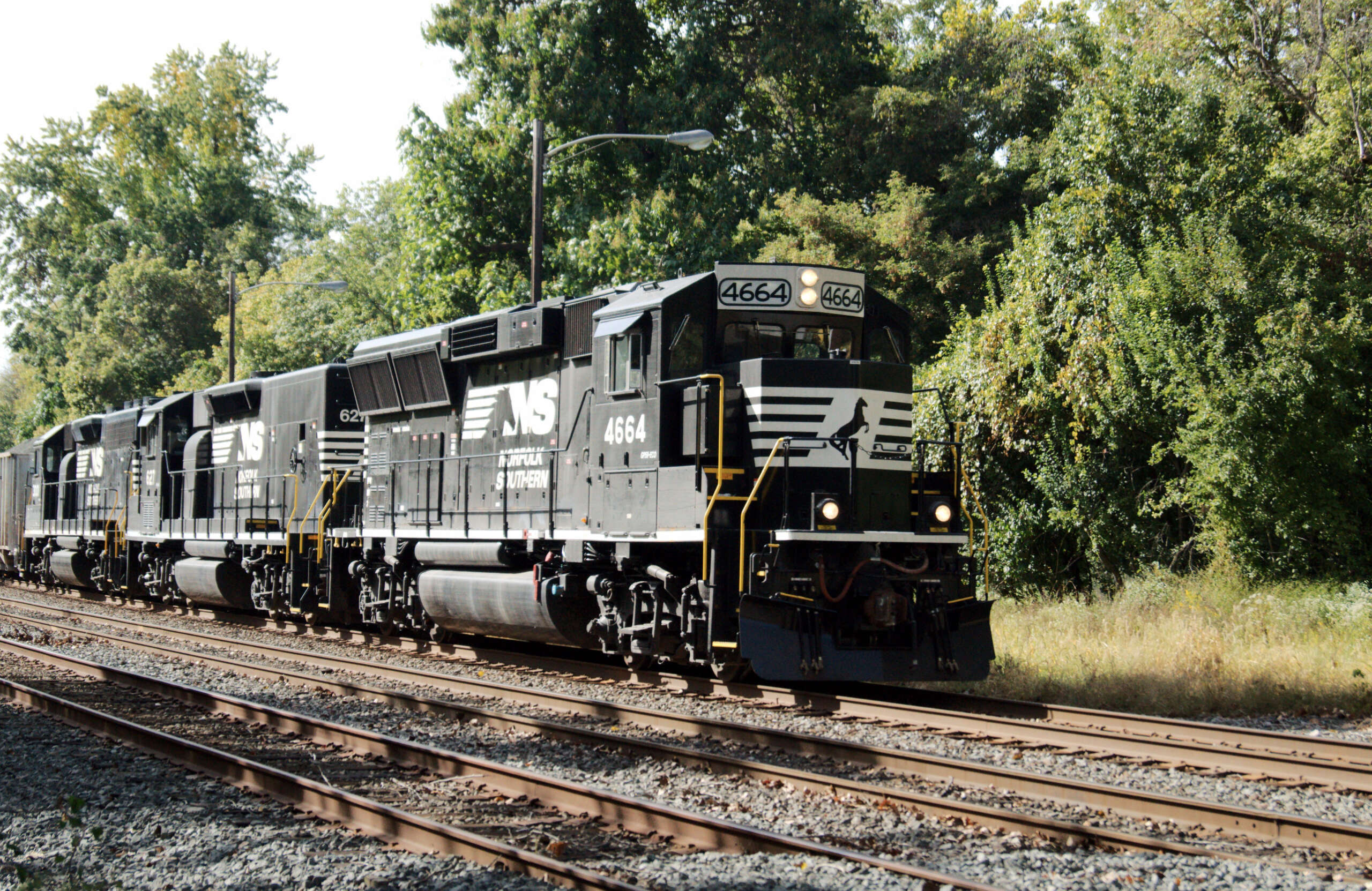Weirton Steel – A Historical Overview and its Connection to Asbestos
Weirton Steel, located in Weirton, West Virginia, has a storied history as one of the prominent steel producers in the United States. Over the years, the company underwent various name changes, including National Steel and ISG (International Steel Group), before becoming Weirton Steel. Like many steel mills of its time, Weirton Steel had a connection to asbestos, a mineral widely used for its insulation properties. This article provides an in-depth exploration of the history of Weirton Steel, its significance in the steel industry, and its association with asbestos.
Weirton Steel: A Legacy in Steel Production
Weirton Steel was founded in 1905 by Ernest T. Weir, who acquired a small tin plate mill in Weirton, West Virginia. Under Weir’s leadership, the company rapidly expanded its operations and became a significant player in the steel industry.
Over the years, Weirton Steel diversified its product offerings and developed innovative steelmaking processes, further solidifying its position in the market. The company played a vital role in supplying steel for various industries, including automotive, construction, and infrastructure.
Weirton Steel’s strategic location along the Ohio River provided access to crucial transportation routes, facilitating the shipment of raw materials and finished products. The company’s steel products, ranging from sheet steel to tin plate, were in high demand, driving its growth and success.
Throughout the 20th century, Weirton Steel contributed significantly to the economic development of Weirton, West Virginia, and the surrounding region. The company became a major employer, providing stable jobs and supporting the local community.
Asbestos at Weirton Steel
During the height of the steel industry’s expansion, asbestos was widely used in various industrial applications due to its heat-resistant and insulating properties. Like many industrial facilities of its era, Weirton Steel utilized asbestos-containing materials (ACMs) in several areas, including insulation, fireproofing, gaskets and packing, and protective clothing.
While asbestos offered numerous advantages for industrial applications, prolonged exposure to airborne asbestos fibers posed serious health risks. Inhalation of asbestos fibers could lead to respiratory diseases, including asbestosis (a chronic lung condition), mesothelioma (an aggressive cancer affecting the lining of the lungs, abdomen, or heart), and lung cancer
As medical research shed light on the connection between asbestos exposure and severe health effects, concerns grew about the safety of workers in industrial settings, including steel mills like Weirton Steel.
Asbestos Regulations and Remediation Efforts
As the health risks of asbestos became more apparent, government agencies and organizations implemented regulations to manage and control asbestos exposure in the workplace. The Occupational Safety and Health Administration (OSHA) in the United States issued guidelines for handling, removal, and disposal of asbestos-containing materials to protect workers and the public. These guidelines are highlighted below:
- Identification and Assessment:
- Before any work begins, it’s essential to identify and assess the presence of asbestos-containing materials (ACMs). This may involve inspecting buildings, materials, and consulting records.
- Training and Certification:
- Workers involved in asbestos-related activities must receive proper training and certification. Training covers asbestos hazards, safe work practices, and the use of personal protective equipment (PPE).
- Containment and Isolation:
- When working with asbestos, it’s crucial to contain the area to prevent the release of asbestos fibers into the surrounding environment. This typically involves sealing off work areas and using containment barriers and negative pressure enclosures.
- Personal Protective Equipment (PPE):
- Workers must wear appropriate PPE, such as respirators, disposable coveralls, gloves, and eye protection, to prevent exposure to asbestos fibers.
- Engineering Controls:
- Use of engineering controls, such as wet methods and local exhaust ventilation, to minimize the generation and release of asbestos fibers during removal and handling.
- Safe Removal:
- Asbestos removal should be performed by trained professionals following specific procedures. Wetting ACMs to minimize dust generation, using specialized removal tools, and carefully packing and labeling waste materials are some of the essential steps.
- Waste Disposal:
- Proper disposal of asbestos-containing waste is critical. ACMs should be double-bagged in labeled containers and disposed of at approved landfill sites. Follow state and federal regulations for waste disposal.
- Air Monitoring:
- Regular air monitoring is conducted during asbestos-related activities to ensure that exposure levels are within acceptable limits. Air sampling and analysis are used to assess the effectiveness of control measures.
- Record-keeping:
- Detailed records of asbestos-related activities, including inspections, training, removal procedures, and air monitoring results, must be maintained for compliance and future reference.
- Regulatory Compliance:
- Adherence to federal, state, and local regulations regarding asbestos handling and removal is mandatory.
It’s important to note that OSHA’s guidelines regarding asbestos may evolve over time to reflect the latest scientific research and best practices. For the most current and detailed information, you should refer directly to OSHA’s official website or consult with asbestos abatement professionals who are familiar with the latest regulations and guidelines in your area.
The history of Weirton Steel serves as a reminder of the importance of responsible management and handling of hazardous materials like asbestos in industrial settings. Increased awareness and adherence to safety measures have significantly improved workplace conditions, protecting workers and communities from the potential hazards of asbestos exposure. If you or a loved one has been diagnosed with lung cancer or mesothelioma, please contact our office today.
Sources:
“Asbestos: Industry Profile Final Report” Research Triangle Institute (1993) [Link]
“Asbestos” Vermont Department of Environmental Conservation [Link]
Javersak, David T. “Weirton Steel” The West Virginia Encyclopedia (July 18, 2023) [Link]
“Weirton Steel Corporation – Company Profile, Information, Business Description, History, Background Information on Weirton Steel Corporation” Reference for Business [Link]
“Worker Health Study Summaries: Research on long-term exposure. Asbestos Textile, Friction, and Packing Plant Workers (Asbestos)” CDC (1998) [Link]




